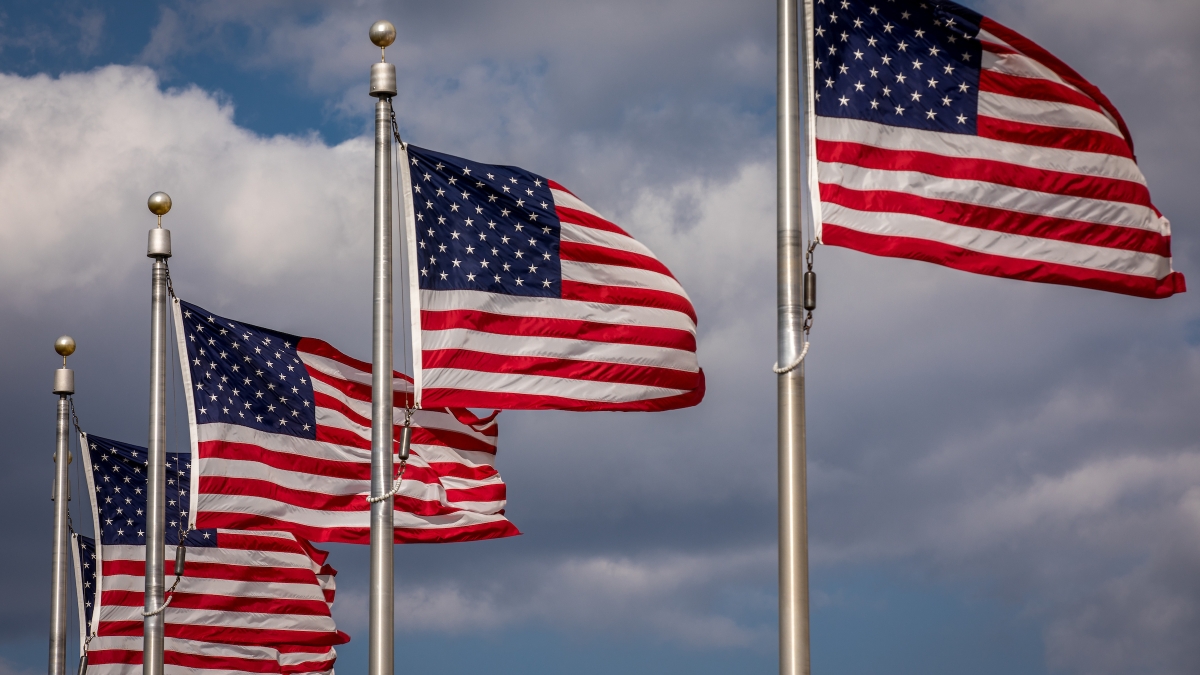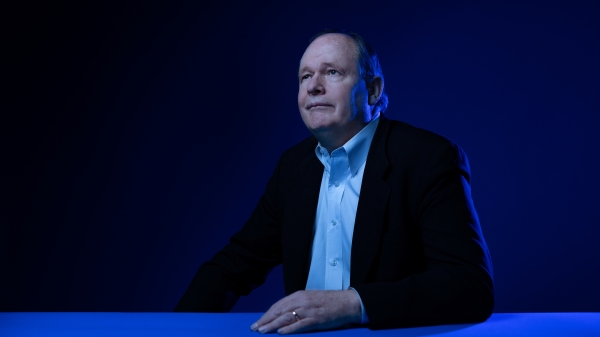ASU-supported project presents blueprints for changes to US foreign service

It has been nearly 100 years since the U.S. foreign service was created through the Rogers Act, which fundamentally reformed America's foreign services in the years following World War I.
Since the formation of the U.S. foreign service, America has had 17 presidential administrations, experienced a population swell of nearly 300% and watched the world’s political geography radically change.
Over the years, numerous studies and reports about modernizing the U.S. foreign service have been produced and then quickly shelved at the Department of State and in libraries around the country.
A new set of blueprints for change, fueled by engagement with Arizona State University, was announced Thursday at an event at ASU’s Barrett and O’Connor Center in Washington, D.C.
The American Diplomacy Project–Phase II proposes concrete change, offering a plan of action for a new generation of American diplomats to meet the demands of American foreign policy today.
Beginning this past January, a group of dedicated former U.S. ambassadors and other foreign-policy experts, led by co-chairs Marc Grossman and Marcie Ries and coordinated by ASU's Leadership, Diplomacy and National Security Lab, have convened to create actionable steps to revive, reform and reimagine the U.S. foreign service for the 21st century.
“Twenty-first century challenges are different from those the country faced in the past. Our diplomacy must be flexible, strategic, able to manage risk and have a plan to surge in a crisis,” said Grossman, the former U.S. ambassador to Turkey and a career foreign service officer.
Ries, who served as U.S. ambassador to Albania and most recently as U.S. ambassador to Bulgaria during a 37-year career in diplomatic service, said the work of the American Diplomacy Project is focused on the people who do the work, as well as the institutions that serve diplomacy.
"Our diplomats are being asked to advance American interests in ever more complex international environments posing new and unique challenges,” Ries said. “This project aims to provide them with the edge they need to succeed, including more in-depth professional education, clearer authorities, management flexibility and the ability to surge when necessary.
“We have been very intentional that our work must not only define what needs to be done, it needs to say how we can do it. We have developed a set of blueprints that include detailed descriptions of how to implement the proposals, including specific legislative and regulatory language. What we aimed to do is connect new ideas to new law and regulations.
“Most critically, to give the State Department the capacity to move quickly in the event of natural disasters and political turmoil, ADP II provides a blueprint for creating a national Diplomatic Reserve Corps that mirrors, on a smaller scale, the military reserves.”
The four blueprints for a more modern U.S. diplomatic service are:
Mission and mandate:
- Enhance the authority, responsibility and accountability of U.S. ambassadors worldwide.
- Hold U.S diplomatic leadership, career or appointed from outside the foreign service, to the highest standard of foreign policy and international leadership expertise.
- Empower the State Department and the foreign service to play a far more substantive role in the creation and implementation of U.S. foreign policy.
- Foster a stronger relationship between America’s diplomats and the American public.
Professional education and training:
- Define, implement and sustain an education and training complement for both the foreign service that is 8% of the total workforce.
- Invest in more robust diplomatic education and training to secure a dedicated, expanded career workforce with critical professional knowledge, including broad leadership and language skills.
- Create diverse institutional experience within the foreign service both at home and through rotational opportunities abroad to draw on the whole of government and private-sector capacity.
- Prioritize both mid-career continuing education and extended training for higher-level positions to expand the pipeline of qualified professionals for leadership.
Modern and diverse personnel system:
- Create and staff nimble, multifunctional teams and individuals positioned where needed — right people, right places, right numbers, right skills.
- Develop a recruitment strategy directly targeting a young, diverse workforce representative of the American people.
- Grow greater professional opportunities for family members accompanying foreign service officers on missions abroad.
Create the Diplomatic Reserve Corps:
- Remedy the fact that the Department of State, in many ways America’s first line of defense, has no ready, trained and dedicated pool of reserves akin to the U.S. armed forces reserves.
- Aim to develop a 1,000-person-strong reserve corps made up of retired State Department professionals and other subject-matter experts from outside of government.
- Engage diplomatic reservists and foreign service officers in strengthening the bond between Americans and diplomats in the same visible, positive way U.S. armed forces reservists do.
“It is fitting that the blueprint for a new American foreign service should come to fruition on the grounds of America’s most innovative university,” said Michael Polt, ASU’s ambassador-in-residence and co-founder of the Leadership, Diplomacy and National Security Lab. “Our vision for a revived foreign service dovetails closely with the mission of ASU itself. We want an organization that is representative of the diversity of our nation; that is nimble and does not see creativity encumbered by perfunctory tradition; and that is deeply connected to the needs of the people it serves.”
The next step for these blueprints is to gain champions on Capitol Hill, in the administration and among the American people to enact the necessary legislative, regulatory and cultural changes needed to provide for a more modern U.S. diplomatic service. That effort is underway, driven by the need to modernize and also by the needs of those on the front line.
“While we live in an increasingly complex and dangerous world, successfully navigating it comes down to the individual diplomat on the ground developing and nurturing the necessary relationships to achieve it,” said Ambassador Charles Ray, executive director of Phase II of the American Diplomacy Project. “Even in our technological age, diplomacy remains essentially a contact sport.”
Grossman said although the American public may not frequently focus on foreign diplomacy, they have a vested interest in its success.
“American citizens expect and deserve to be represented by the world’s most modern and able diplomatic service. We took on this project in gratitude to the U.S. diplomats who today so honorably and courageously serve our country at home and abroad, and to those who will serve our great nation in the future. We want U.S. diplomats to succeed in their vital mission of promoting and protecting America’s global interests,” he said.
To learn more about the work of the American Diplomacy Project and read the blueprints, visit ldns.asu.edu/american-diplomacy-project-phase-ii .
Top photo: Flags fly at the Washington Monument in Washington, D.C. Photo by Charlie Leight/ASU News
More Law, journalism and politics

New online certificate prepares grad students for complex challenges of US democracy
If United States politics in the 2020s have revealed anything so far, it’s that the U.S. has a complex history with ramifications that still powerfully resound today. In order to help students…

Reporting live from Paris: ASU journalism students to cover Olympic Games
To hear the word Paris is to think of picnics at the base of the Eiffel Tower, long afternoons spent in the Louvre and boat rides on the Seine. Competitive sports aren’t normally top of mind.However…

Exploring the intersection of law and technology
Editor's note: This expert Q&A is part of our “AI is everywhere ... now what?” special project exploring the potential (and potential pitfalls) of artificial intelligence in our lives. Explore…